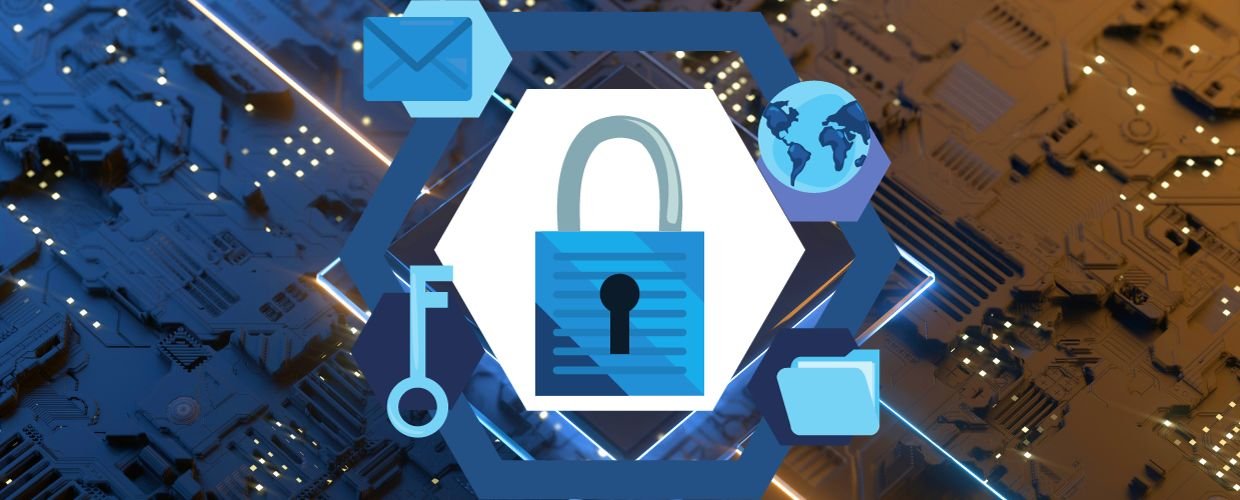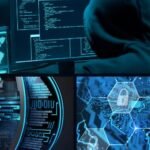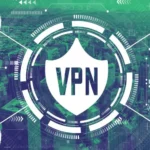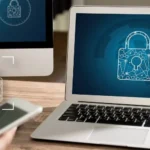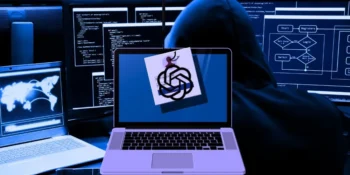In today’s interconnected digital world, cybersecurity is pivotal in safeguarding sensitive information and preventing unauthorized access to data and systems.
Guide to Prevent Unauthorized Access
This article will explain how cybersecurity measures work to prevent unauthorized access and protect organizations and individuals from cyber threats.
Step 1: Understanding the Threat Landscape
The first step in comprehending how cybersecurity prevents unauthorized access is understanding the threat landscape. Cyber threats can come in various forms, including hackers, malware, phishing attacks, etc. These threats are constantly evolving, becoming more sophisticated and targeted. Cybersecurity experts continuously analyze and monitor these threats to develop effective countermeasures.
The threat landscape is akin to a constantly shifting battlefield. Cybersecurity professionals act as the sentinels, vigilant and proactive in identifying and mitigating potential threats. They rely on a deep understanding of the evolving threat landscape to stay one step ahead of cybercriminals.
Step 2: Authentication and Access Control
Authentication is verifying the identity of users or systems trying to access resources. Access control mechanisms determine who is allowed access to resources and under what circumstances. These measures ensure that only authorized individuals or systems can access specific information or strategies.
Authentication and access control are the gatekeepers of digital access. They establish a stringent vetting process that allows legitimate users while keeping unauthorized entities at bay. This process is the foundation of digital security.
Step 3: Passwords and Multi-Factor Authentication (MFA)
Passwords are one of the most common authentication methods. Users must enter a remarkable combination of characters to prove their identity. However, passwords can be vulnerable, so organizations often implement multi-factor authentication (MFA). MFA requires users to deliver two or more verification forms, such as a password and a one-time code sent to their mobile device, adding an extra layer of security.
Passwords are the keys to our digital kingdom, and safeguarding them is paramount. MFA provides an additional fortress around these keys, making it exceedingly difficult for unauthorized individuals to gain access, even if they possess the password.
Step 4: Firewalls and Intrusion Detection Systems (IDS)
Firewalls are barriers between a trusted network and potential threats from untrusted networks, such as the Internet. Intrusion Detection Systems (IDS) monitor network traffic for suspicious activity. Firewalls and IDS work together to filter incoming and outgoing traffic, blocking unauthorized access attempts and detecting potential breaches.
Firewalls and IDS are the digital sentries of a network. Firewalls stand as protective walls, allowing only legitimate data to pass through, while IDS scans the digital landscape for any signs of intrusion or suspicious behavior.
Step 5: Encryption
Encryption is converting data into a code to prevent unauthorized access. It ensures that even if data is intercepted, it remains unreadable without the encryption key. Data in transit, such as information transmitted over the Internet, and data at rest, stored on devices or servers, can be encrypted to protect it from prying eyes.
Encryption is akin to a secret language only the intended recipient can understand. It transforms data into an unreadable format during transmission or storage, rendering it useless to anyone without the decryption key.
Step 6: Regular Software Updates
Cybersecurity measures also include keeping software and systems up to date. Software updates often include patches to fix known security vulnerabilities. Neglecting updates can leave systems exposed to attacks that exploit these vulnerabilities.
Software updates are digital shields, constantly reinforced to withstand the evolving arsenal of cyber threats. They patch vulnerabilities and strengthen the security posture of software and systems.
Step 7: Security Awareness Training
Educating employees and users about cybersecurity best practices is crucial. Security awareness training helps individuals recognize phishing attempts, avoid clicking on malicious links, and follow security protocols. Informed users are less likely to grant unauthorized access to cybercriminals inadvertently.
Security awareness training transforms individuals into the first line of defense. It empowers users to identify and report potential threats, reducing the attack surface.
Step 8: Endpoint Security
Endpoint security solutions protect individual devices, such as computers and mobile devices, from cybersecurity threats. Antivirus software, anti-malware programs, and endpoint detection and response (EDR) systems help detect and prevent unauthorized access and malware infections on endpoints.
Endpoint security is like a digital immune system, constantly scanning and defending individual devices against digital infections. It acts as a shield against threats that may target specific endpoints.
Step 9: Security Policies and Procedures
Organizations establish comprehensive security policies and procedures to govern how data is accessed, shared, and protected. These policies define user roles, data classification, and incident response protocols. Adhering to these policies helps prevent unauthorized access and maintain data integrity.
Security policies and procedures are the rules of engagement in the digital realm. They provide a structured framework for organizations, ensuring consistent and effective security practices.
Step 10: Intrusion Prevention Systems (IPS)
Intrusion Prevention Systems (IPS) monitor network and system activities to identify and block potential threats in real-time. IPS solutions use predefined rules and patterns to detect and prevent unauthorized access and malicious activities within the network.
IPS is like a vigilant sentry at the gates of a fortress, ready to detect and repel any unauthorized intruders. It acts swiftly to thwart potential threats before they can breach the defenses.
Step 11: Security Audits and Penetration Testing
Regular security audits and penetration testing are essential for evaluating the effectiveness of cybersecurity measures. Auditors assess an organization’s security posture, identifying vulnerabilities and weaknesses. Penetration testing involves ethical hackers exploiting vulnerabilities to reveal potential access points for cybercriminals.
Security audits and penetration testing are like health check-ups for an organization’s digital infrastructure. They provide insights into vulnerabilities and areas that require strengthening, allowing organizations to address potential weaknesses proactively.
Step 12: Incident Response and Recovery Plans
Despite robust preventive measures, security incidents may still occur. An incident response plan allows organizations to react swiftly and effectively when unauthorized access is detected. It includes containing the breach, investigating the incident, and implementing recovery procedures to minimize damage.
Incident response and recovery plans are the emergency protocols of the digital world. They ensure organizations can respond effectively to security incidents, mitigate damage, and restore normal operations.
Conclusion
Cybersecurity is a multifaceted approach to preventing unauthorized access and protecting sensitive information. By combining authentication, access control, encryption, monitoring, and user education, cybersecurity measures create layers of defense against a wide range of cyber threats. In today’s digital landscape, where cyberattacks are increasingly sophisticated, a proactive and comprehensive cybersecurity strategy is essential for organizations and individuals.
